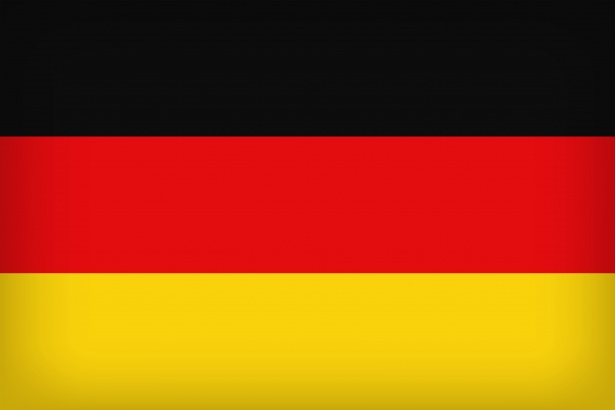The Top 5 Reasons the Current Energy Market is Ripe for Disruption
Historically, energy is produced and distributed using a centralised approach. This means that energy is produced and supplied by multiple middle men.
Whether it is a utility company, grid operator, infrastructure stakeholders on both a local and national level, the power distributed to the end user, (eg. a household, business etc.) has already exchanged many hands and travelled long distances before even reaching them. The standard supply-chain currently looks something like this (in its simplest form):
The original source:
Energy comes from either renewable sources (solar, water, wind etc.) or non-renewable sources (coal, gas etc.)
Making electricity:
This energy is then harnessed and produced in large power plants spread out across the globe (wind farms, coal power plants etc.)
Moving electricity:
Electricity is transmitted hundreds and thousands of miles through high tension lines and large towers (pylons).
Distributing electricity:
From local substations, electricity is distributed accordingly through transformers and smaller, lower voltage power lines, to the consumer. This is where all the tangled power lines you see come into play.
While state and government agencies are put in place to regulate processes, ensure compliance and manage pricing fluctuations, the consumer remains powerless and is at the mercy of non-transparent and rising pricing structures. This entire centralised model is now outdated.
Therefore, by distributing electricity in a centralised way, huge inefficiencies are created. Below are the top 5 reasons the current system is ripe for disruption:
1. Lack of energy optimization:
It is difficult for an energy producer to plan for the amount of daily energy use or get a reliable prediction of the amount of renewable energy that will be produced. Even so, each entity in the chain acts in their own best interests with little shared data and application to the greater system. Therefore, unreliable and inaccurate predictions of renewable energy production results in large losses for energy grid operators and companies. Consumers pay the price for these inefficiencies.
2. Complex supply chain:
The value chain is split up in many ways through different corporate entities. Today there are energy producers, utility distributors, local billing companies, meter reading and manufacturing services all before the consumer uses and is billed for power. Again the consumer ends up paying for each stage in the chain.
3. Electricity wastage:
As electricity needs to be transmitted and distributed from these centralised producers to all corners of the globe, around one third of the original output of electricity is wasted. To help regulate and manage “leakage”, substations are installed in close proximity to urban areas and even more electricity than is actually required needs to be transmitted.
4. Security risk:
When demand peaks ( or even surges) sometimes the central power plant cannot cover the demand and rolling blackouts can occur as seen too often in developing countries. More so, if the plant is by chance taken down (e.g. hackers, explosion etc.), large regions could be left without electricity for long periods.
Most importantly,
5. Non renewable energy:
The fossil fuels on which most standard power plants operate produce detrimental greenhouse emissions for the planet and its inhabitants. The problem is real and a new model is required for these traditional (and gigantic) players in the space to propel renewable energy forward so that it becomes the largest source of electricity generated, painting the world green :) And this is exactly where the Greeneum network comes into play.





